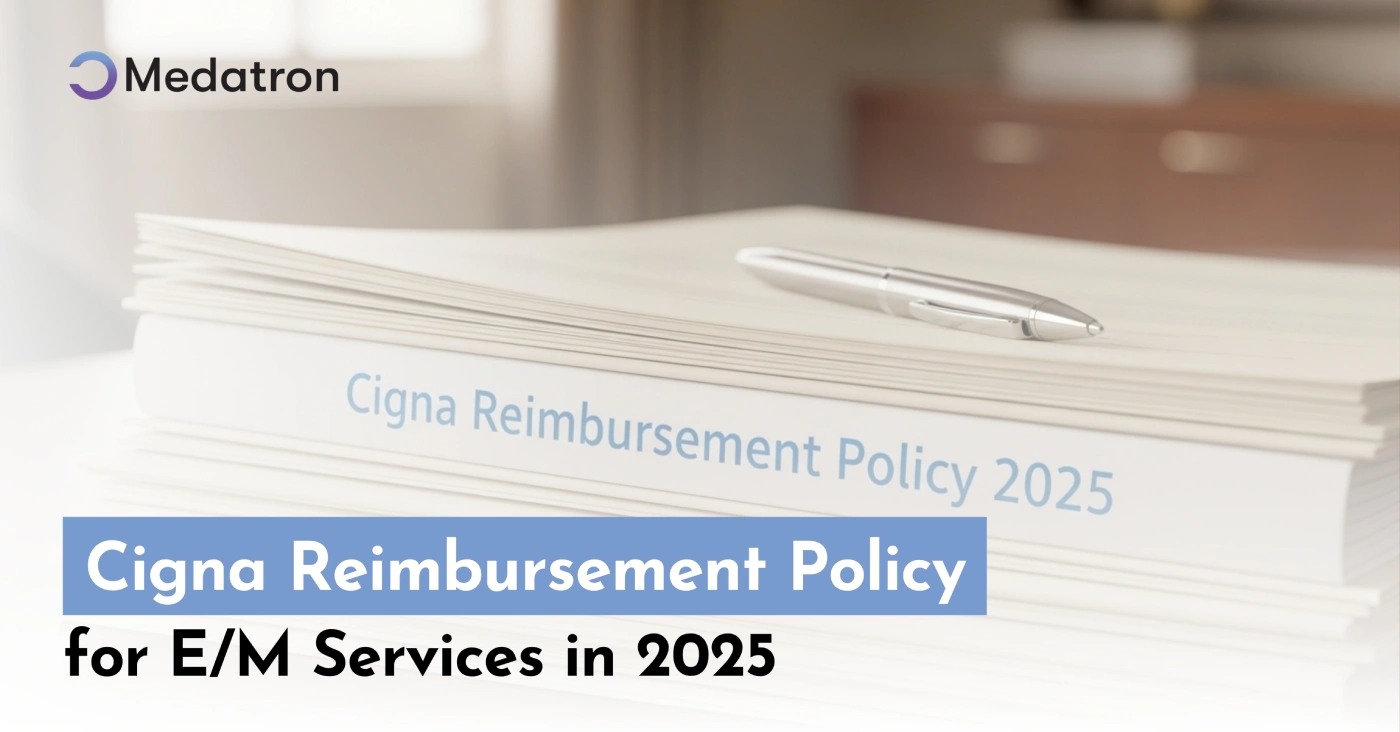There are billions of medical claims submitted annually by healthcare providers, most of which are submitted electronically through clearinghouses. Part of the process is to have an intermediary separate from the healthcare provider and insurance payer-in this case, Change Healthcare. They help ensure claims sent by healthcare providers are formatted correctly, free of mistakes, and correct before they can access the insurance payer for processing.
While clearinghouses can help minimize error cases, the likelihood of claim rejections remains inescapable. Consequently, most such claim rejections receive flags from the clearinghouse and are sent back to healthcare providers for correction. Providers, therefore, can identify and correct some issues faster once they understand why clearinghouse rejection codes happen and which corresponding codes connect to such rejections.
The Function of Clearinghouses in Healthcare Claims
Clearinghouses are essential gatekeepers in the medical billing process. When a healthcare provider submits a claim, it goes through the clearinghouse before being sent to the insurance payer. The clearinghouse scrubs the claim for errors and ensures it is ready to go according to the payer’s submission guidelines. This means checking for accuracy and completeness in the data for patients, procedures, and providers.
If the claim is flawed or lacks information, the clearinghouse will flag it and provide the provider with rejection codes to indicate which areas need resolution. Rejections are not final denials; instead, they allow healthcare providers to correct errors before resubmitting the claim.
Why Do Clearinghouses Reject Claims?
Claims data rejection by the clearinghouse occurs because of errors or inconsistencies in the claim data, such as incorrect information on the claim, misspellings, abbreviations, or wrong numerals. However, there could be more complex issues, such as coding problems. It allows the health provider to correct all the errors in the claim to minimize the chances of denial by the insurance payer after resubmitting the claim.
Some of the most common reasons for rejection include incorrect or missing provider information, incorrect diagnosis codes, incorrect procedure codes, and errors in patient information. By checking all claim data before submission, these mistakes are likely preventable.
Common Rejection Codes
Some of the most common clearinghouse rejection codes and what they mean are as follows:
Missing or Incorrect Provider Information:
Claims may be rejected if the provider’s name, NPI number, or Tax ID is missing, incorrect, or does not match the payer’s files. Providers should always double-check that their information is entered correctly since errors will cause rejections.
Incomplete or Invalid Diagnosis Codes:
Incomplete, invalid, or duplicate diagnosis codes or supplemental codes, including Diabetes Mellitus ICD-10 Codes, may result in a claim rejection. It is always important to cross-check the ICD-10 code with the patient’s condition and verify that it supports the service provided.
Incorrect or Missing Procedure Codes:
Claims are often rejected because of an incorrect or missing CPT code. This is because the CPT codes describe medical procedures or services provided. Thus, they must be accurate and kept updated. In addition, modifiers required for the procedures must be included to describe the exact nature of the procedure involved.
Error with Patient or Service Information:
Claims are rejected for errors such as misspelled names, incorrect birth dates, or inaccuracy with service dates. Quality checks should ensure that the patient details are correct and that the service descriptions provided match what is on file.
Inaccurate Payer Information:
A rejected claim can also occur if the payer’s ID is missing or incorrect. The providers must check whether the correct payer ID is written on the claim to ensure it reaches the proper payer.
Incomplete or Incorrect Place of Service Codes:
A POS code is an identifier assigned to a place of service (e.g., hospital, clinic, or in the patient’s home). A clearinghouse will reject a claim if there is either a missing or incorrect POS code. This code must correspond to the service type and the place where it happened.
Duplicate Claims:
This criterion flags your claim if a given service has been submitted more than once. This usually occurs because modifiers to denote repeat procedures have not been used. Providers should review their claims to eliminate duplicate claims on the same service.
How to handle Clearinghouse Rejections
When a clearinghouse rejects a claim, providers should take the following steps to address the situation:
Review the Rejection Code:
Every rejection will include a code and a description explaining the issue. Providers should thoroughly review these details to understand exactly what needs to be fixed.
Correct the Errors: Providers must correct the claim after identifying the error. This may involve updating patient details, revising codes, or adding missing information. Accurate coding is crucial, so double-check all relevant fields.
Resubmit the corrected claim:
Resubmit the claim to the clearinghouse after correcting the errors. Providers are supposed to ensure all the errors have been corrected to avoid receiving future rejections.
Implement Preventive Measures:
Providers should implement measures to reduce the likelihood of future rejections after resolving the immediate issue. These include better training for staff members, more rigorous claim reviews before submission, or using claim scrubbers to identify potential problems early on.
Conclusion
Clearinghouse rejections are part of the claim submission process, but they don’t have to be a significant obstacle. Understanding the most common reasons for rejection and familiarizing yourself with rejection codes can quickly rectify problems, limit the opportunity for future rejections, and increase the possibility of timely reimbursement.
While clearinghouses help catch errors before claims are sent to payers, providers must still be diligent in ensuring that all claim data is correct. This includes verifying provider and patient information, providing accurate coding, and double-checking all claim details. By doing so, healthcare providers can streamline their billing processes, reduce administrative costs, and ensure a smoother path to payment.
Secondly, providers can use a denial management partner like Medatron to refine and improve the claims process further. Taking a proactive approach to clearinghouse rejections will help healthcare organizations avoid denial before it occurs and save time and money in the long run.







